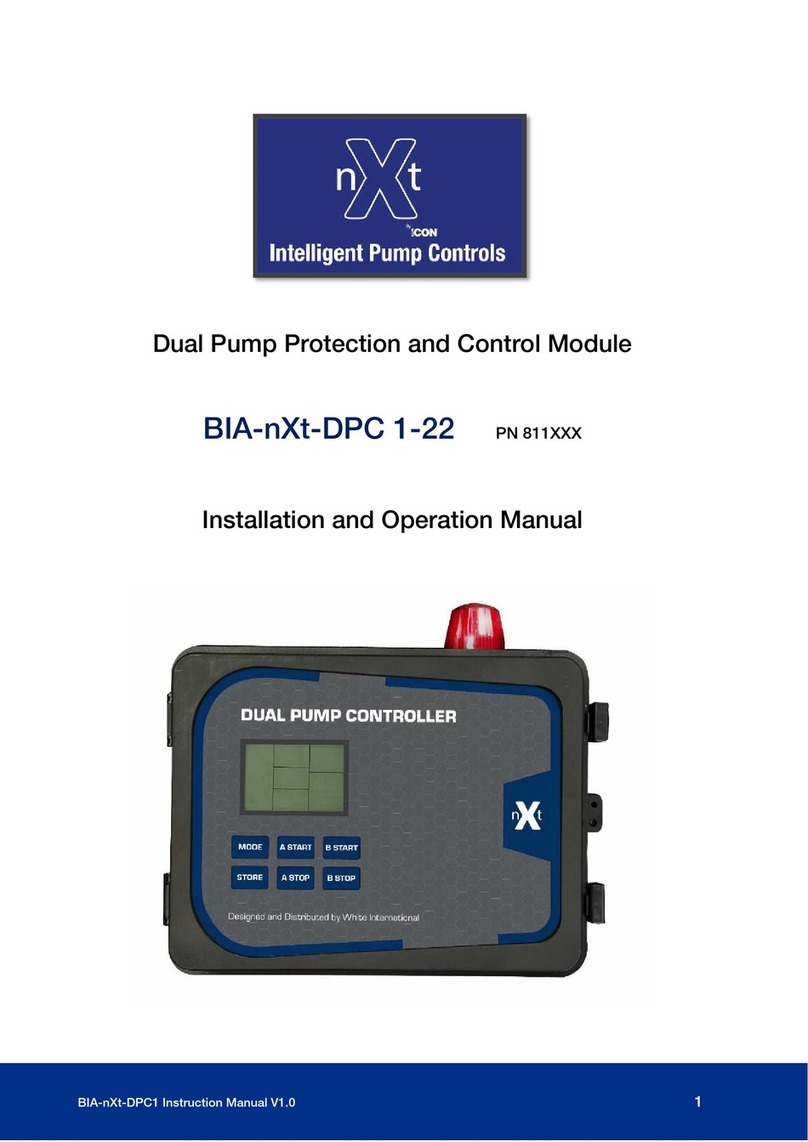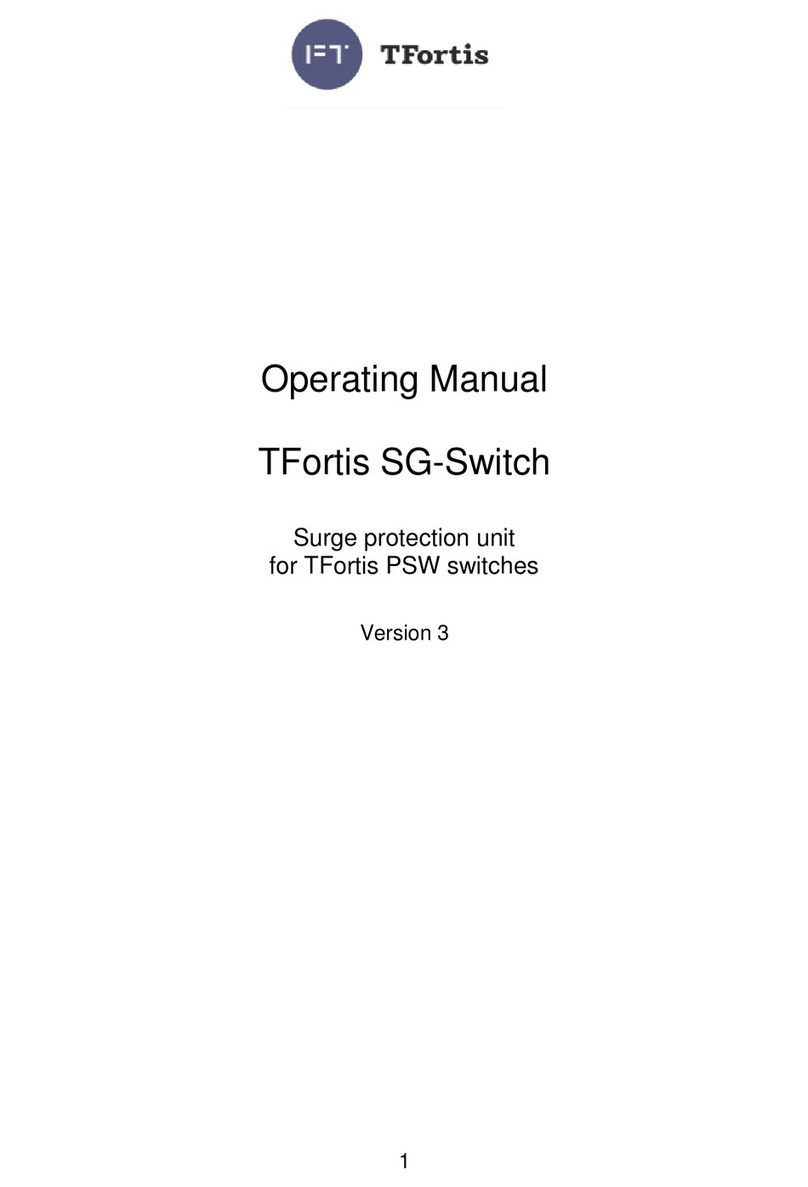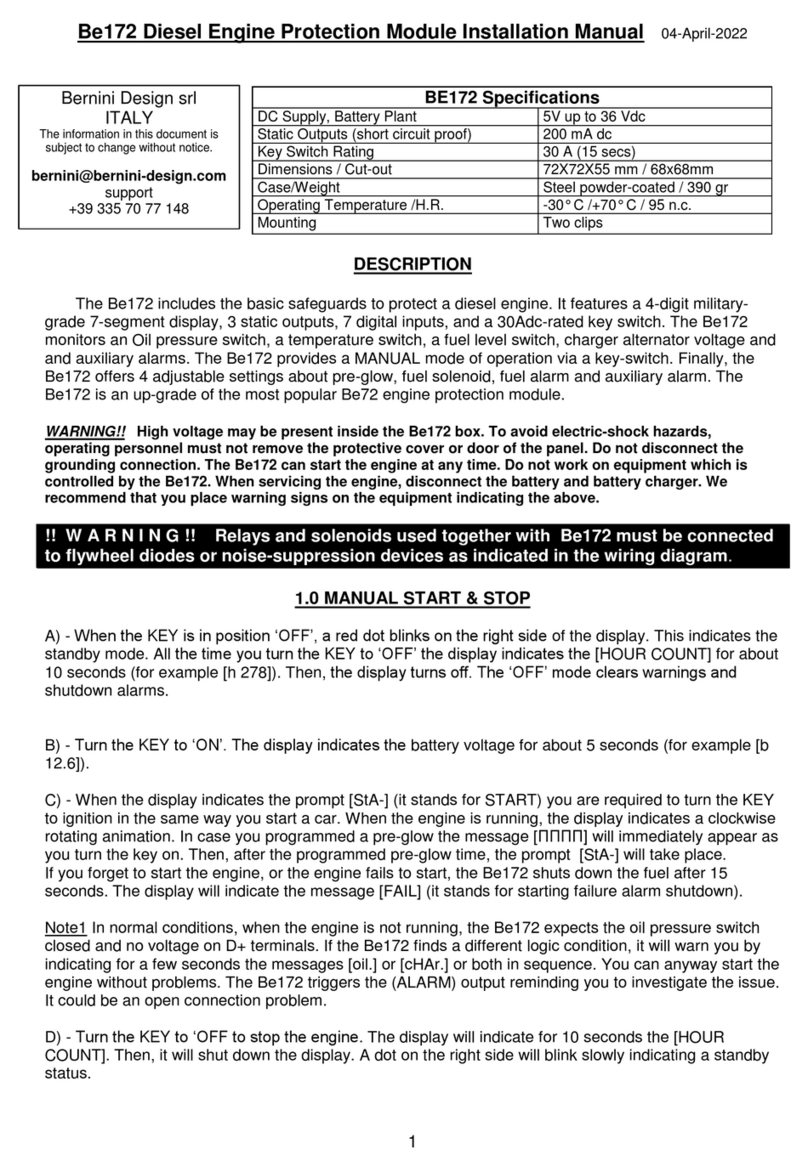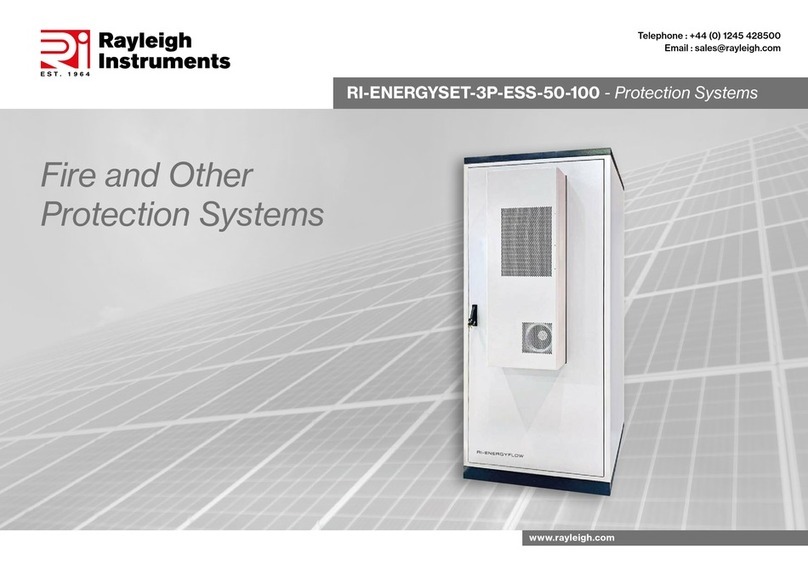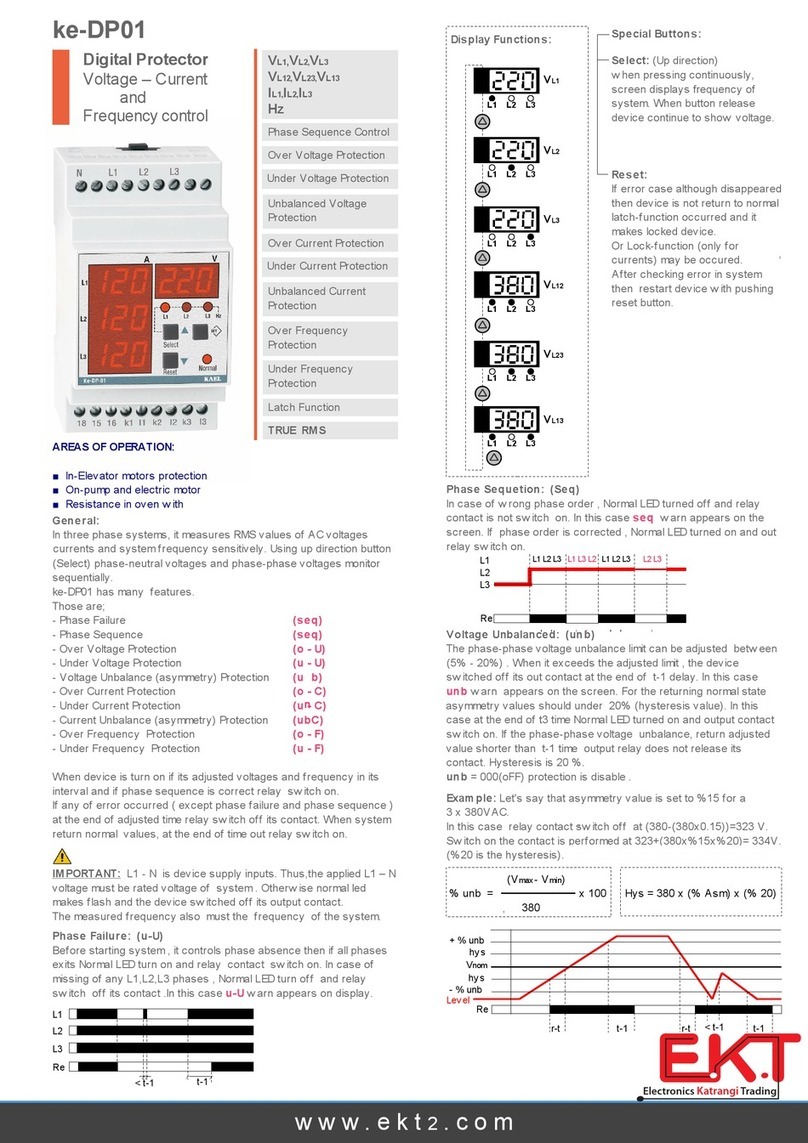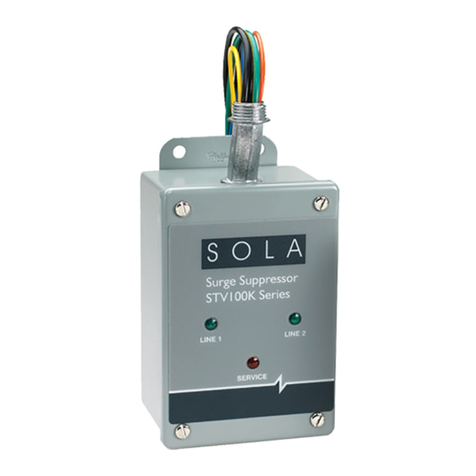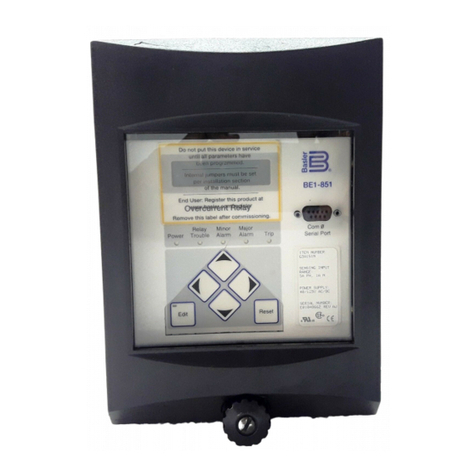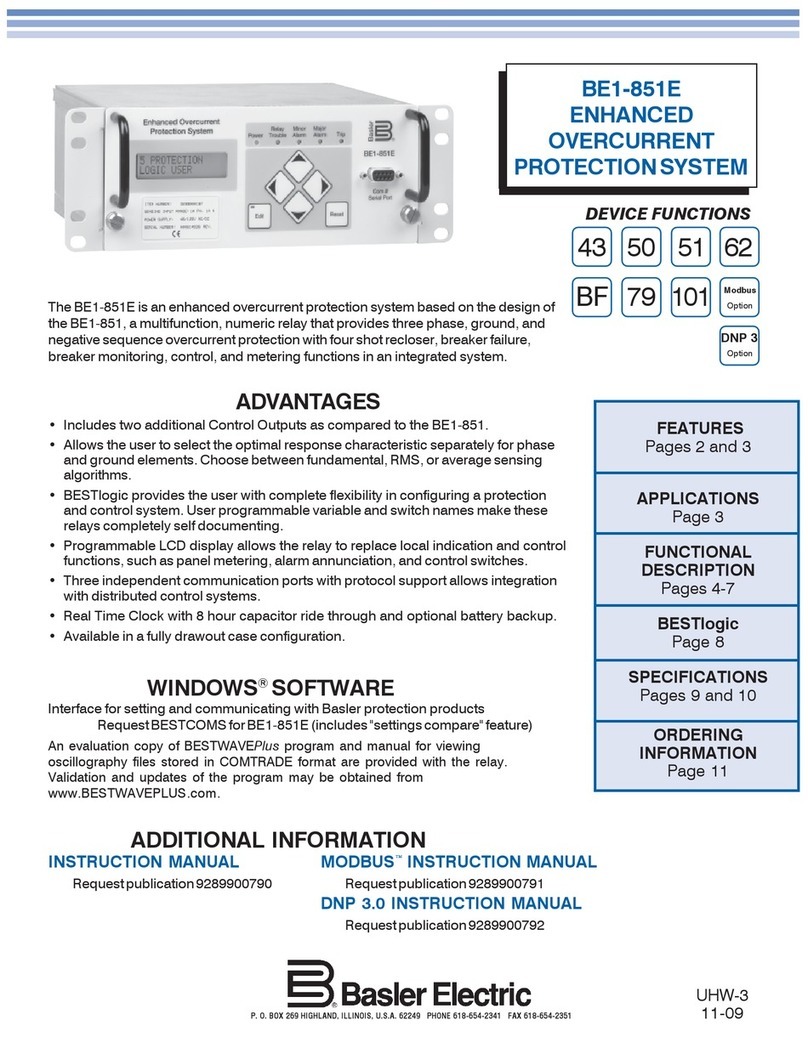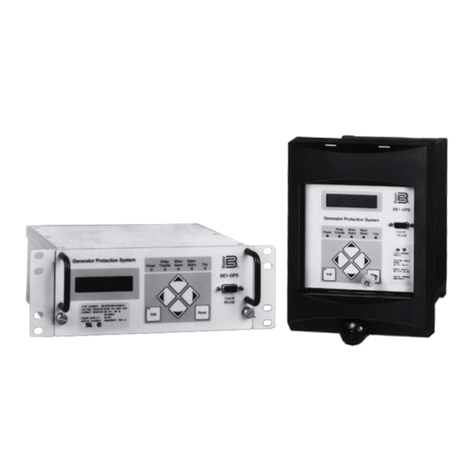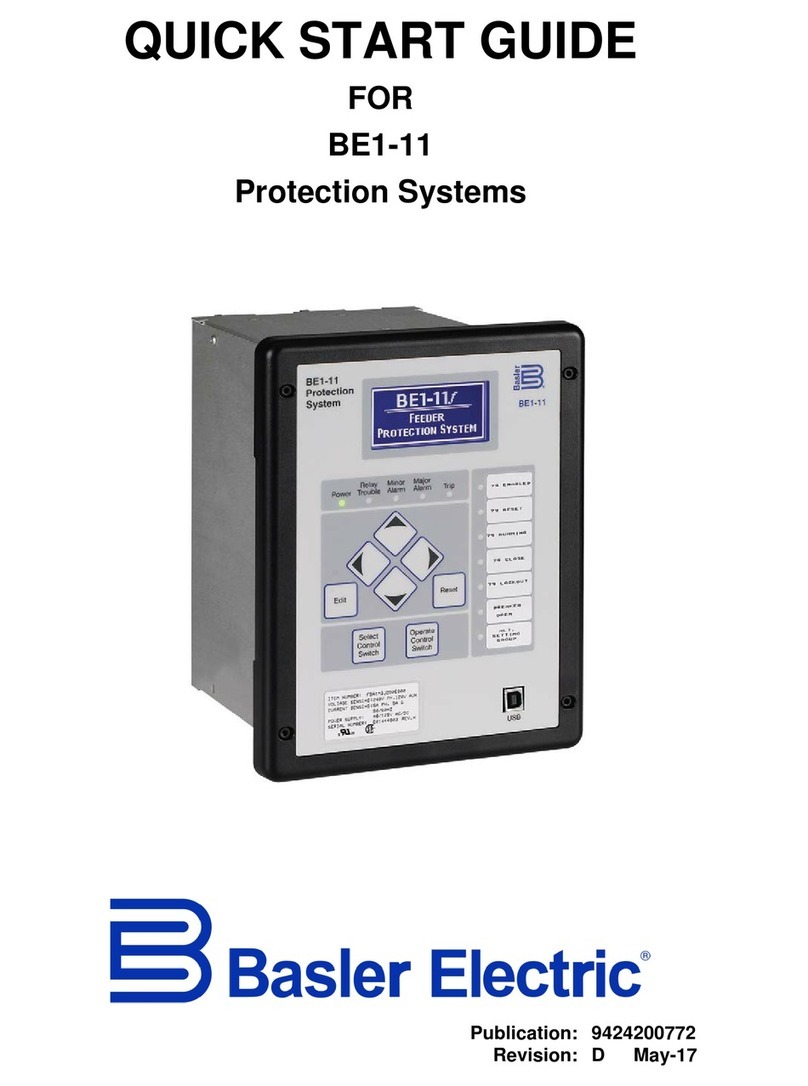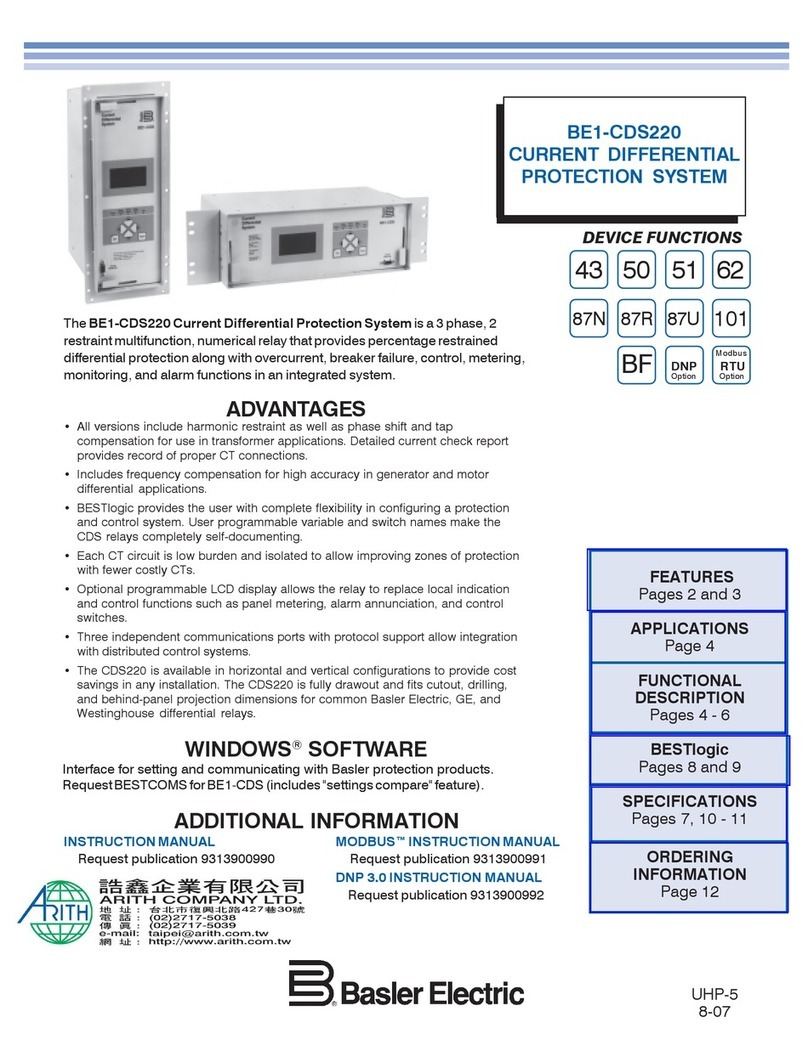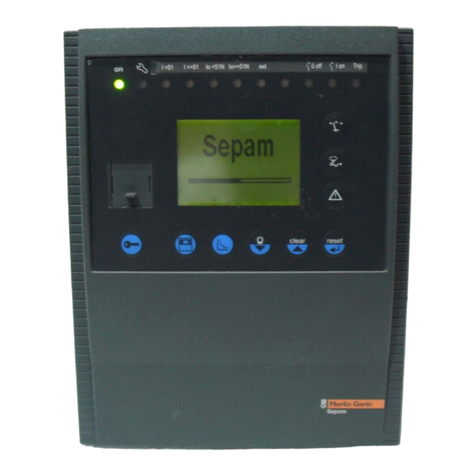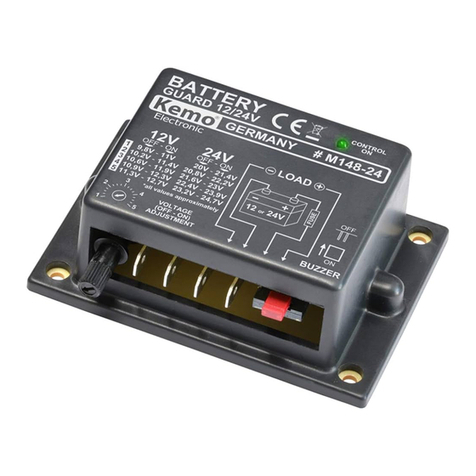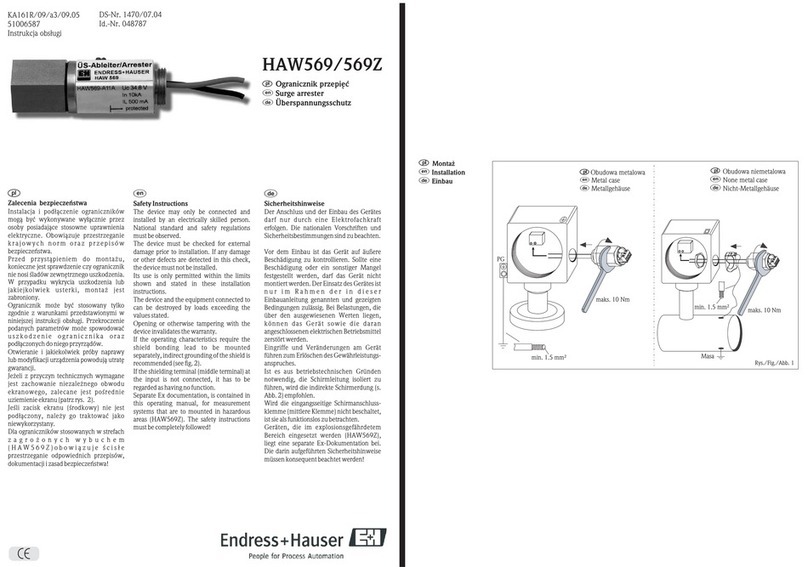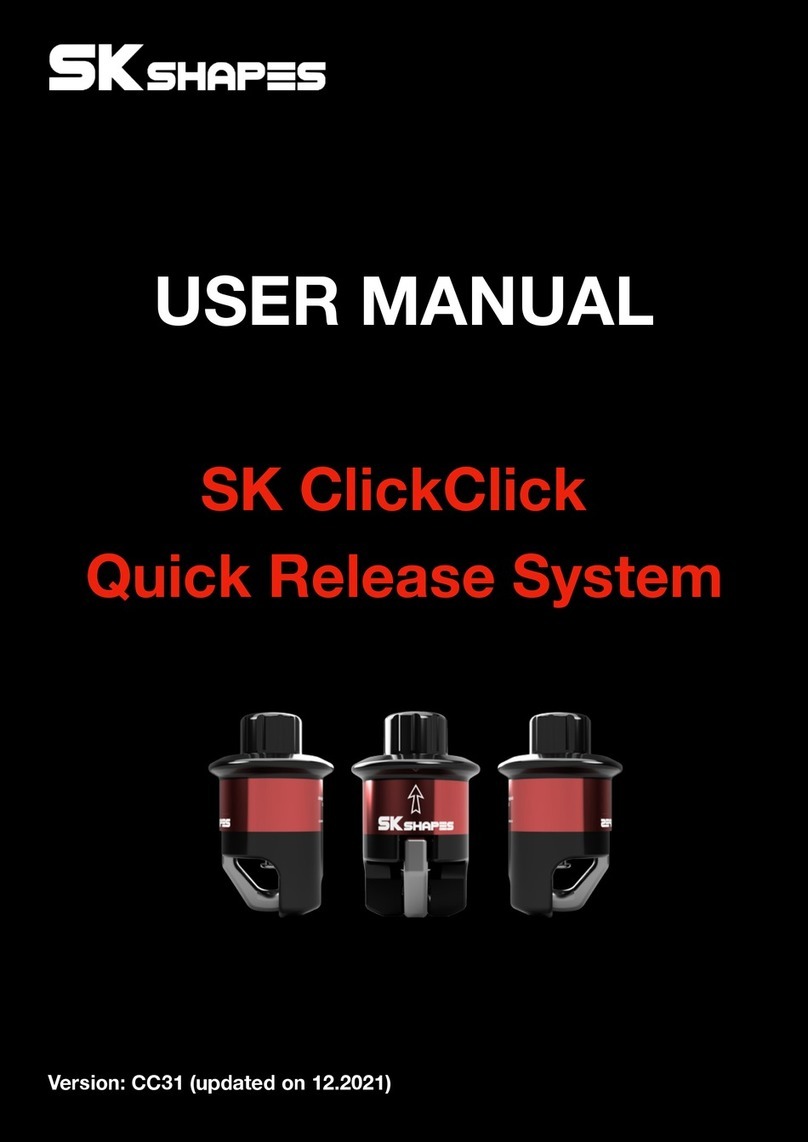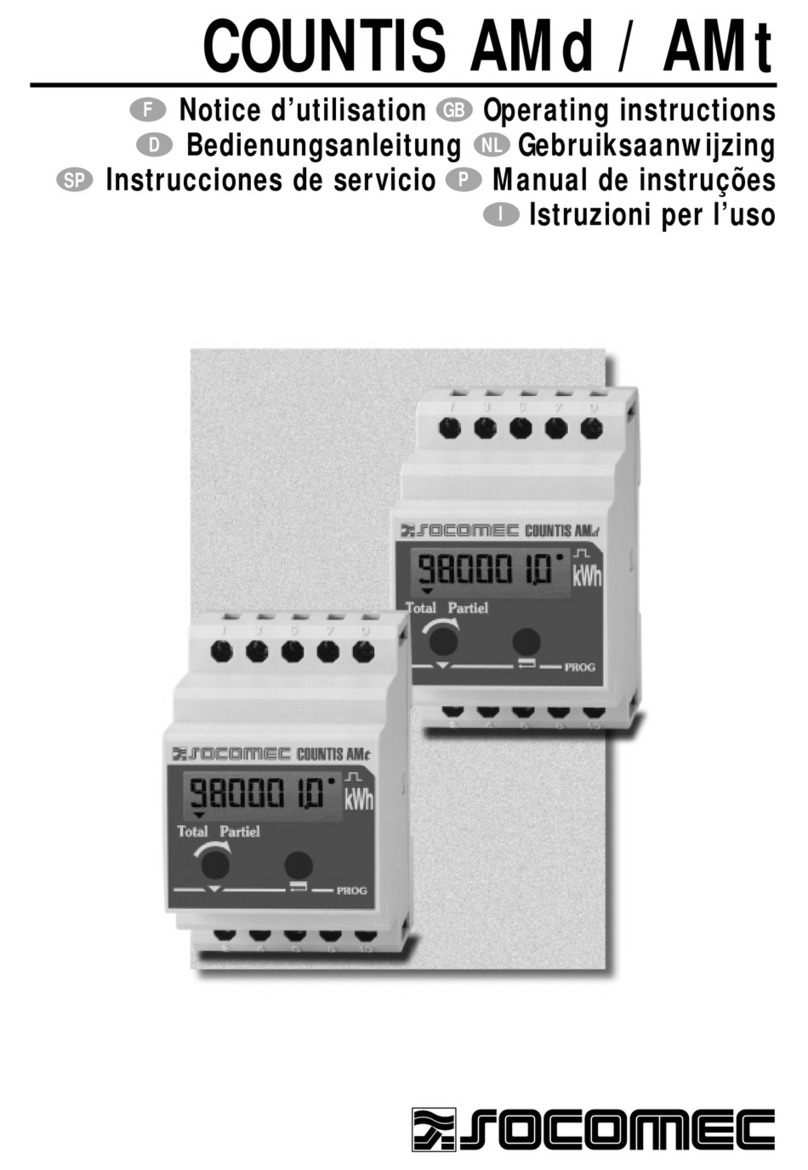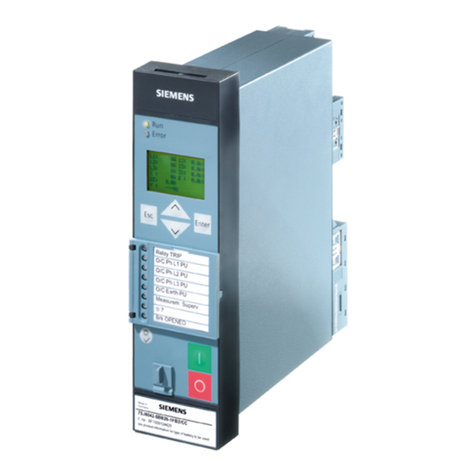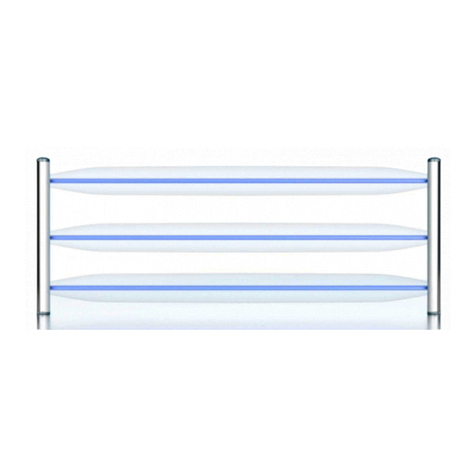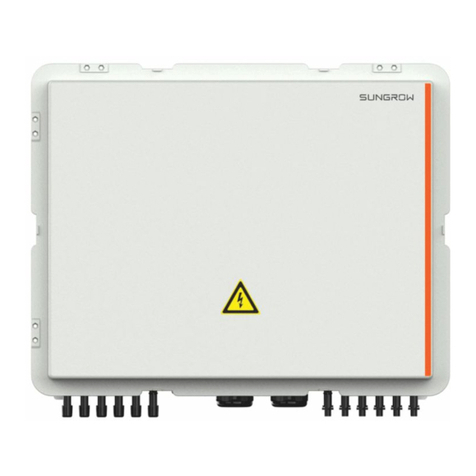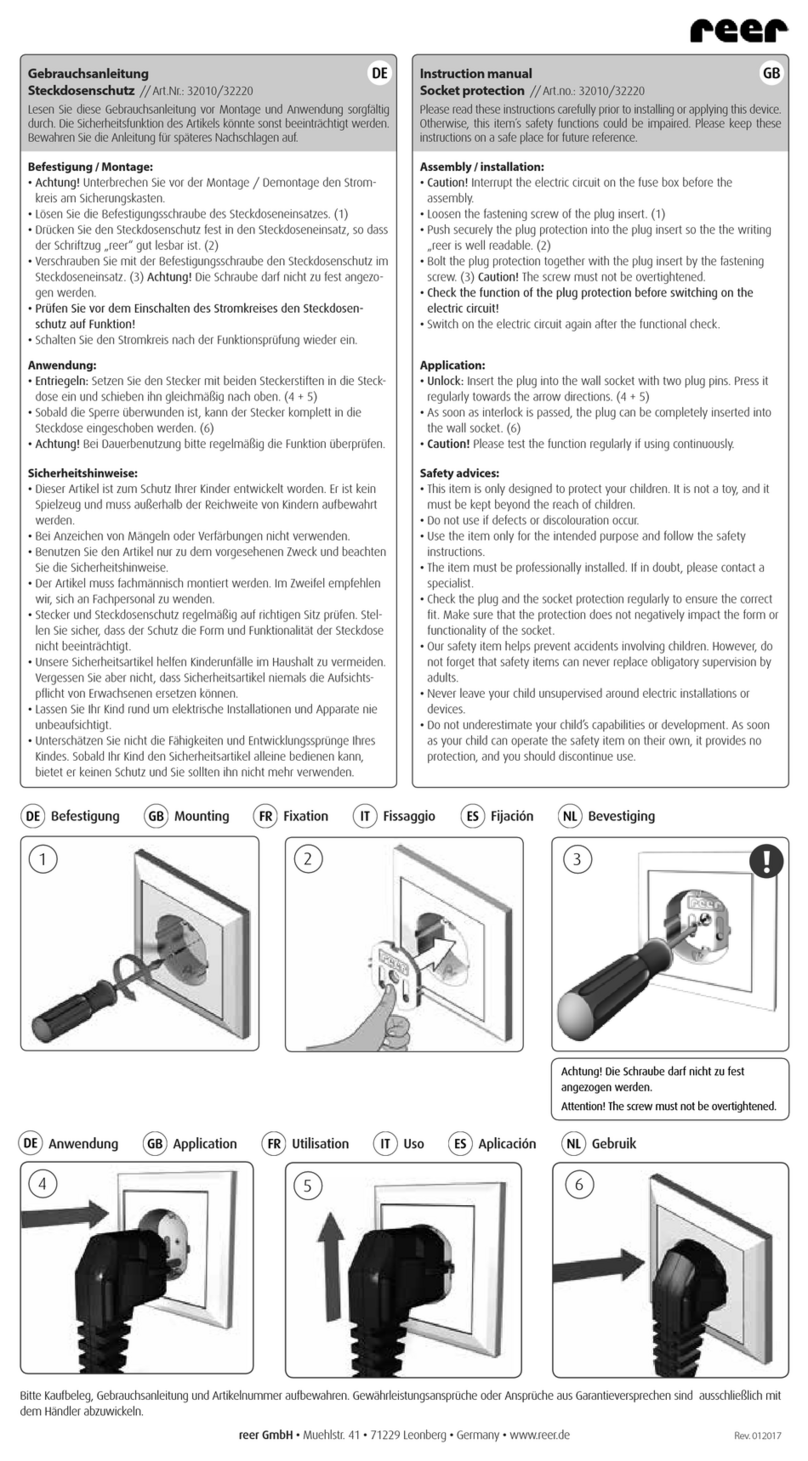
BE1-951 General Information i
SECTION 1 • GENERAL INFORMATION
TABLE OF CONTENTS
SECTION 1 • GENERAL INFORMATION ............................................... 1-1
DESCRIPTION ................................................................. 1-1
FEATURES ................................................................... 1-1
Input and Output Functions ................................................... 1-1
Power System Measurement Functions ....................................... 1-1
Contact Sensing Inputs .................................................... 1-2
Contact Outputs .......................................................... 1-2
Protection and Control Functions ............................................... 1-2
Directional Overcurrent Protection ........................................... 1-2
Voltage Protection ........................................................ 1-2
Directional Power Protection ................................................ 1-3
Frequency Protection ..................................................... 1-3
Breaker Failure Protection ................................................. 1-3
Fuse Loss Protection ...................................................... 1-3
General Purpose Logic Timers .............................................. 1-3
Setting Groups ........................................................... 1-3
Virtual Control Switches ................................................... 1-3
Virtual Lockout Protection .................................................. 1-3
Metering Functions .......................................................... 1-4
Reporting and Alarm Functions ................................................. 1-4
Energy Data Reporting .................................................... 1-4
Relay Identification ....................................................... 1-4
Clock .................................................................. 1-4
General Status Reporting .................................................. 1-4
Demand Reporting ....................................................... 1-4
Breaker Monitoring ....................................................... 1-4
Trip Circuit Monitoring ..................................................... 1-4
Fault Reporting .......................................................... 1-5
Sequence Of Events Recorder .............................................. 1-5
Alarm Function .......................................................... 1-5
Version Report .......................................................... 1-5
BESTlogic Programmable Logic ................................................ 1-5
Write Access Security ........................................................ 1-5
Human-Machine Interface (HMI) ................................................ 1-6
Communication ............................................................. 1-6
PRIMARY APPLICATIONS ....................................................... 1-6
MODEL AND STYLE NUMBER DESCRIPTION ....................................... 1-7
General ................................................................... 1-7
Sample Style Number ........................................................ 1-7
OPERATIONAL SPECIFICATIONS ................................................. 1-8
Metered Current Values And Accuracy ........................................... 1-8
Metered Voltage Values And Accuracy ........................................... 1-8
Metered Frequency Values And Accuracy ........................................ 1-8
Calculated Values And Accuracy ............................................... 1-8
Energy Data Reporting ....................................................... 1-8
Real Time Clock ............................................................ 1-9
IRIG ...................................................................... 1-9
Contact Inputs Recognition Time ............................................... 1-9
Time Overcurrent Functions ................................................... 1-9
Time-Current Characteristic Curves ............................................ 1-10
Instantaneous Overcurrent Functions ........................................... 1-10
Courtesy of NationalSwitchgear.com
